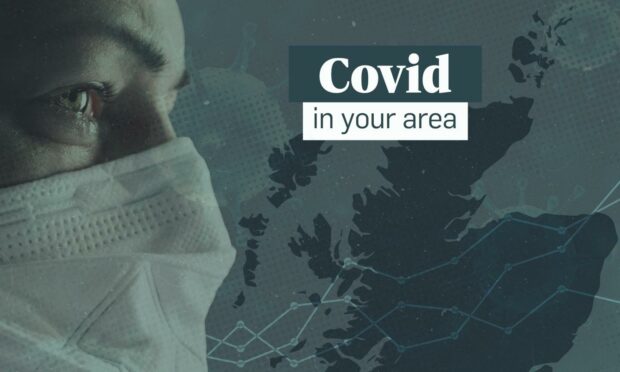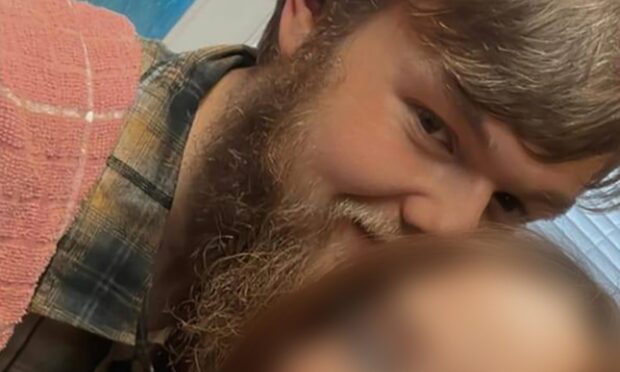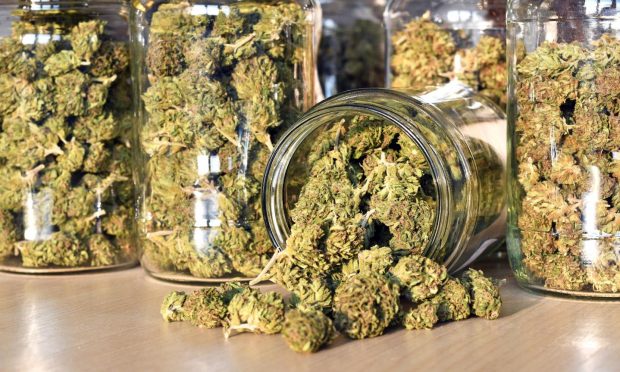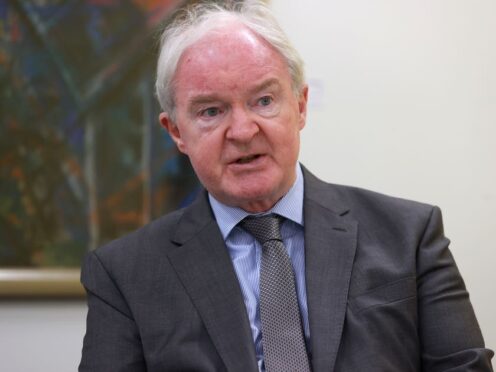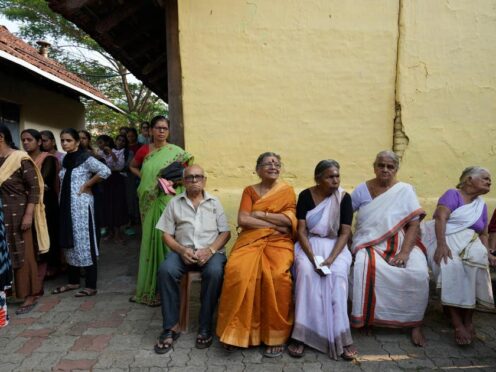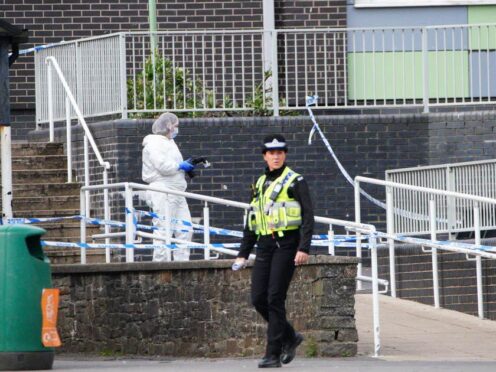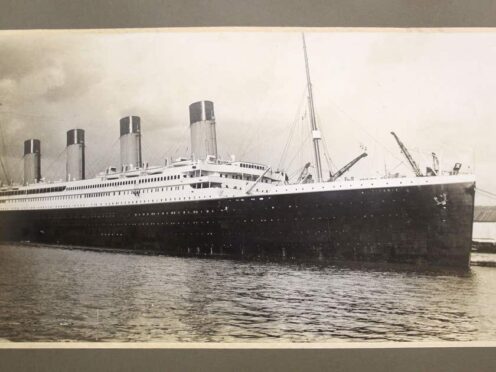As daily Covid-19 cases have been dropping since the start of the month, all restrictions brought into force in December as part of the battle against the Omicron variant are to be lifted from Monday.
Some of the rules put in place on Boxing Day including restrictions on the number of people at large scale events were lifted last week, however it has been announced that the remaining rules, including the closure of nightclubs, will be removed on Monday.
But how has the fall in Scotland-wide case numbers affected lower case rates in neighbourhoods across the country?
Our interactive maps below show the case rate by intermediate zone for Aberdeen, Aberdeenshire, Highland and Moray. The islands have not been included as case numbers tend to be very low and are often suppressed as a result.
Each intermediate zone (IZ), represents an area, quite often a neighbourhood, within each local authority.
Hovering over each area will give additional information including the population of each neighbourhood, how many positive cases have been recorded there in the past seven days, and the seven-day case rate per 100,000 population – a measure which is used to compare areas with different populations against each other to accurately track the spread of the virus.
Below includes details for case rates accurate as of January 17, which was the latest information at the time of writing, as this data is subject to a three-day lag in being uploaded by Public Health Scotland.
We have compared case rates to previous weeks to provide context about whether cases are rising or falling in your area.
What are the case rates like in Aberdeen?
The below chart shows the case rates for each neighbourhood in Aberdeen.
The areas in Aberdeen with the highest case rates this week were Torry East, Heathryfold and Middlefield and Hanover South.
Torry East had a case rate of 1,127.91 per 100,000 population and 47 positive cases in the past seven days out of a population of 4,167.
Meanwhile, Heathryfold and Middlefield had a case rate of 993.64 per 100,000 population and 50 cases out of 5,032 residents. Hanover South had a case rate of 903.99 per 100,000 population and 29 cases out of 3,208 people.
Every neighbourhood in Aberdeen saw a decrease in case rates compared to last week.
Last week, the top three neighbourhoods were Bucksburn South, Kincorth, Leggat and Nigg South and Cummings Park.
What are the case rates like in Aberdeenshire?
The below chart shows the case rates for each neighbourhood in Aberdeenshire.
The neighbourhoods in Aberdeenshire with the highest case rates this week were Ythsie, Peterhead Harbour and Banchory Devenick and Findon.
Ythsie had a case rate of 1,245.75 per 100,000 population, and 77 positive cases in a population of 6,181.
Peterhead Harbour had a case rate of 1,143.54 per 100,000 population and 67 cases in the past seven day period out of 67 people.
Banchory Devenick and Findon had a case rate of 1,048.89 per 100,000 population and 62 Covid-19 cases out of 5,911 residents.
Almost every area in Aberdeenshire saw a decrease in the rate compared to last week, except from Ythsie and Dunecht, Durris and Drumoak.
Last week, the top three neighbourhoods were Huntly, Stonehaven South and Mearns and Laurencekirk.
What are the case rates like in Moray?
The below chart shows the case rates for each neighbourhood in Moray.
The neighbourhoods with the highest case rates in Moray this week were South Speyside and the Cabrach, Heldon West, Fogwatt to Inchberry and New Elgin East.
South Speyside and the Cabrach had a case rate of 649.98 per 100,000 population, and 27 positive cases in the past seven day period out of a population of 4,154.
Heldon West, Fogwatt to Inchberry had a case rate of 617.98 per 100,000 population and 33 cases out of 5,340 people.
Meanwhile New Elgin East had a case rate of 602.71 per 100,000 population and 24 Covid-19 cases out of 3,982 residents.
Every area of Moray saw a drop in case rates compared to last week.
Last week, the top three neighbourhoods were Buckie West and Mains of Buckie, Elgin Cathedral to Ashgrove and Pinefield and Elgin Bishopmill East and Ladyhill.
What are the case rates like in the Highlands?
The below chart shows the case rates for each neighbourhood in the Highlands.
The neighbourhoods with the highest case rates this week were Inverness Scorguie, Inverness Kinmylies and South West and Ross and Cromarty Central.
Inverness Scorguie had a case rate of 1,376.46 per 100,000 population and 40 Covid-19 cases in the past seven day period out of 2,906 residents.
Inverness Kinmylies and South West had a case rate of 1,164.48 per 100,000 population and 48 cases out of a population of 4,122, while Ross and Cromarty Central had a case rate of 1,011.71 per 100,000 population and 38 positive cases out of 3,756 people.
Most neighbourhoods in the Highlands saw a decrease in case rates, however several did see an increase this week.
Last week, the top three neighbourhoods were Inverness Drakies, Inverness Slackbuie and Lochalsh.
Comparing the north and north-east
The below chart shows the seven day case rate in each local authority, including the islands, since March 2020.
How does the north and north-east compare to the rest of Scotland?
The below chart shows the top 10 neighbourhoods in Scotland with the highest case rate per 100,000 population.
Two neighbourhoods in the north and north-east were included in the top 10 neighbourhoods in Scotland with the largest case rates.
These were Inverness Scorguie in the Highlands, and Ythsie in Aberdeenshire.
